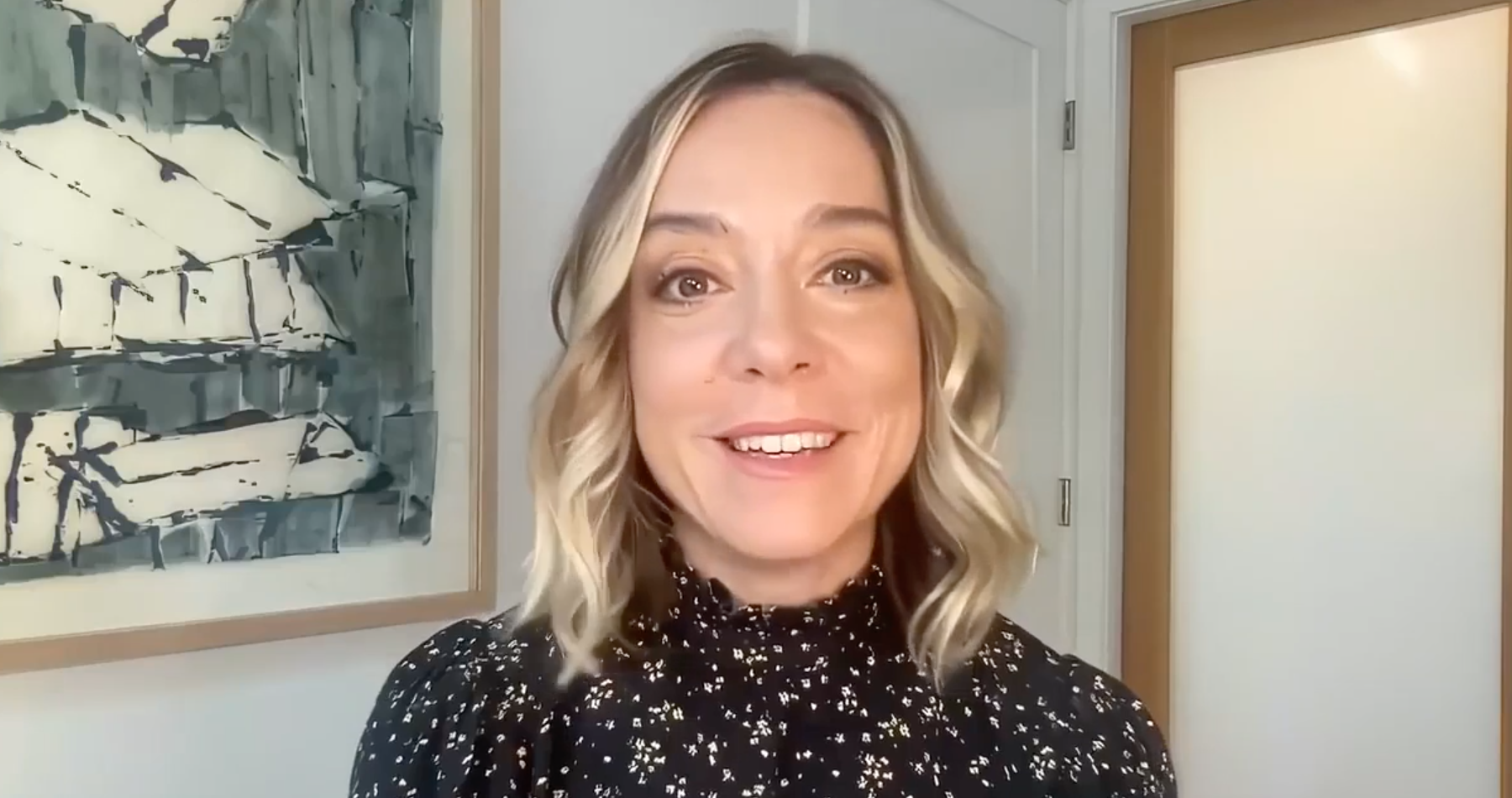Bringing an Authentic Story to Life on Video
Media

Siân Heder’s second feature film shattered Oscar expectations in 2022. A story about a teenage girl’s search for independence as a child of deaf adults, “CODA” won Best Picture, Best Supporting Actor, and Best Adapted Screenplay.
In an exclusive interview with Brightcove, Siân walked us through her process for telling stories and why you should never compromise when bringing an authentic story to life.
To Heder, great stories transport a viewer: “What makes a great story is something that takes you outside of yourself into someone else’s experience. And different stories speak to you at different points in your life as well.” As a filmmaker, what you produce is a marker of where you are at that particular moment in your life. And that might be different 10 years later, or five years later.
Film, cinema, and storytelling are incredible tools for empathy. When Heder evaluates stories, she looks for something that speaks to a bigger conversation about our own humanity. “Not just something that sucks me in and lets me feel what the character’s feeling, but also something that allows me to look at my own experience of the world and reflect on that in a different way.”
Alongside this evaluation is a search for catharsis. “There’s a cathartic element for me in storytelling. I think it’s a way of exploring different parts of myself and my own lived experience, and doing that through engaging with someone else’s experience of the world,” explained Heder.
Some stories don’t get told immediately. Sometimes creators have to wait, whether it’s due to financing, internal politics, or another limiting factor. “There were a lot of ways that I wanted to make ‘CODA’ that were very important to me,” said Heder. “Having deaf actors play those roles, using ASL onscreen in a big way, having a lot of silence in the film, having subtitles so that I could really let ASL exist on screen in these scenes. Sometimes, the way that you make a thing and the intention with which you make something is as important as what you are making.”
When faced with a challenging story, creators can approach it this way: “All of filmmaking is problem-solving,” said Heder. “People do things in movies all the time. You blow up a building. You figure out how you're going to pull something off. For ‘CODA,’ we thought, how is our set going to work? How are we going to communicate? How am I going to call ‘action’ and ‘cut’ in a way that supports my actors? And these problems aren’t any different than what it would take to do a stunt on set.”
In the streaming era, the old rules of distribution need not apply. “It’s been beautiful for this movie in particular, because the pandemic forced Sundance to go virtual,” explained Heder. “At the time it felt heartbreaking. We weren’t going to be in person, and I wasn’t going to get to sit in a theater and have this premiere. Well, so many people saw ‘CODA’ at Sundance through streaming. The fisherman whose boat we used and his big Italian family in Gloucester, Massachusetts, my parents and their friends, people in the disability community who might not be able to go to Sundance and get around in the snow. So streaming just opened up the movie to so many more people who got to participate in it and see it.”



